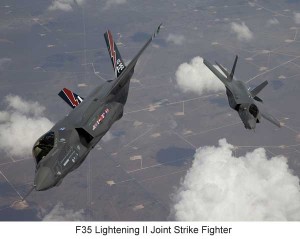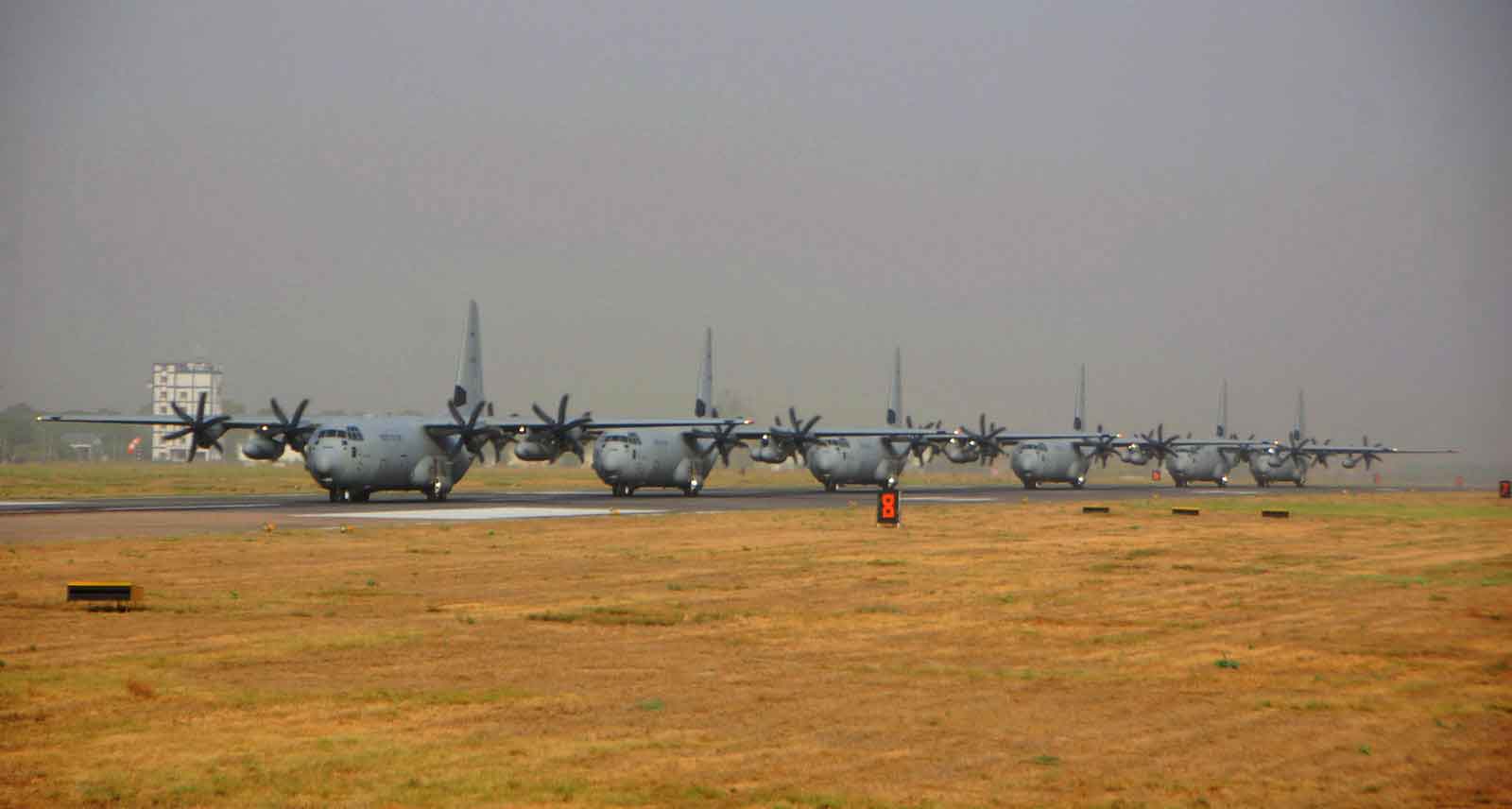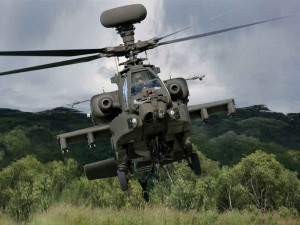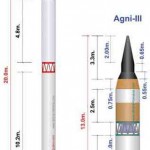After extensive trials and evaluation, the IAF has decided to procure ten of these gigantic 77-tonne payload capacity aircraft at cost of $4.1 billion with an option to buy six more at a later date making the Indian fleet of C17 the second largest in the world after the USAF. The proposal received the required political impetus with the well-timed visit of President Barack Obama to India in the recent past.
Robert Blake, Assistant Secretary of State for South and Central Asia has been quoted as saying that “The Indian C17 purchase from Boeing will double US-India defence trade and provide the IAF a strategic airlift and humanitarian response capability that is unique to the region and emblematic of India’s ambitions to play an increasingly global role.” Also under consideration at the time of the Presidential visit in November 2010 was the requirement of 107 General Electric (GE) F414 jet engines for the Indian Light Combat Aircraft Tejas Mk II programme. GE apparently won the contract on the basis of lowest cost quotation against the European competitor Eurojet that was offering the EJ200 claimed to be of the fifth generation.
The deal involves full transfer of technology and the GE F414 engines will be manufactured at the Engine Division at HAL in Bangalore.
Prospects Ahead
Two other products from Boeing in the regime of rotorcraft business that are on offer and are under active consideration by the IAF for procurement are the CH47F Chinook heavy lift twin rotor military helicopter and the AH64D Apache combat helicopter. The IAF is evaluating these two machines as possible replacements for existing fleets: the CH47F Chinook for the current fleet of MI26 and the AH-64D Apache for the MI35 Attack Helicopter fleet – both of Russian origin and ageing.
The IAF needs 15 heavy lift and 22 combat helicopters and together, the two deals would be worth around $2 billion. Given the business momentum with India that Boeing has built up over the last four years, there appears to be no reason why its efforts this time would not be successful. While the CH47F Chinook was showcased at Aero India 2009, the AH64D Apache is expected to be on display at Aero India 2011.
But perhaps the most lucrative opportunity for the single biggest deal is the nearly a decade old $10 billion tender for 126 Medium Multi Role Combat Aircraft (MMRCA) for which both Lockheed Martin with the F16IN Super Viper and Boeing offering the F/A18 E/F are in the race and rather incongruously, competing against each other. Both these aircraft have been evaluated along with the other four European and Russian contenders. Selection of the GE F414 engine for the Tejas Mk II programme in the recent past, could well be a factor in favour of the US aerospace majors participating in the MMRCA tender. Commercial bids are yet to be processed.
While there is little doubt that the US aerospace industry would be cost competitive, which is an important criteria in a price sensitive market, the final decision could well be influenced by the political dimensions of the exercise. It is therefore unlikely that the MMRCA tender would not have been on the agenda during President Barack Obama’s visit to India in November 2010.
 There is, however, no room for complacency for the US aerospace majors as the political leadership of the nations competing for the MMRCA tender, namely the British Prime Minister, David Cameron, the French President Nicholas Sarkozy and the Russian President Dmitry Medvedev would have undoubtedly thrown their weight behind the respective contenders, the Eurofighter Typhoon, the Dassault Rafale from France and the Russian MiG 35 during their visit to India.
There is, however, no room for complacency for the US aerospace majors as the political leadership of the nations competing for the MMRCA tender, namely the British Prime Minister, David Cameron, the French President Nicholas Sarkozy and the Russian President Dmitry Medvedev would have undoubtedly thrown their weight behind the respective contenders, the Eurofighter Typhoon, the Dassault Rafale from France and the Russian MiG 35 during their visit to India.
But the most potent threat to the MMRCA tender emanates from tardy decision making by the Indian government. In an environment of galloping technologies, inordinate procrastination of the decision on the final selection could render the weapon system itself somewhat out of date necessitating upgrade of the selected aircraft before induction. Apart from further delay, upgrade would involve substantial costs. In the meantime, the FGFA could well become a reality rendering the logic of induction of a fourth generation MMRCA irrelevant and questionable.
With the disintegration of the Soviet Union and in its wake, the profound changes in the geo-political and geo-strategic environment, India is no longer shackled to the traditional source of defence equipment.
The US aerospace industry ought to be prepared for this eventuality with the offer of the fifth-generation F35 Lightening II Joint Strike Fighter which, at present, is merely a carrot dangling before India. Presence of the F35 at Aero India 2011 may well be the right investment at this juncture. The other possible impediment before the US aerospace industry in dealing with India is the somewhat inflexible regulatory regime of the government of the United States. While there have perceptible changes for the better in the regulatory provisions, a number of sensitive issues and unwarranted restrictions on the management of weapon systems supplied to customers, continue to linger.
Technologies of the Future
As per Robert Gates, the American Defence Secretary, the F35 will probably be the last manned fighter the USAF would acquire. Apart from the transactions related to products of immediate concern therefore, at Aero India 2011, the US aerospace industry would need to focus on futuristic technologies in the regime of unmanned aerial systems for combat, reconnaissance, surveillance and communication roles. Aero India 2011 would provide the ideal opportunity for the US aerospace industry to showcase the sixth generation combat aircraft especially in the regime of unmanned aerial vehicles in both fixed and rotary wing category. The next time such an opportunity will present itself would only be during Aero India 2013 in February of that year.






